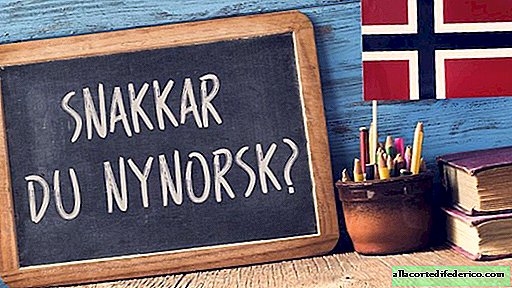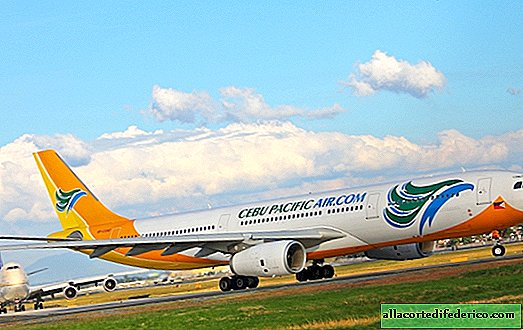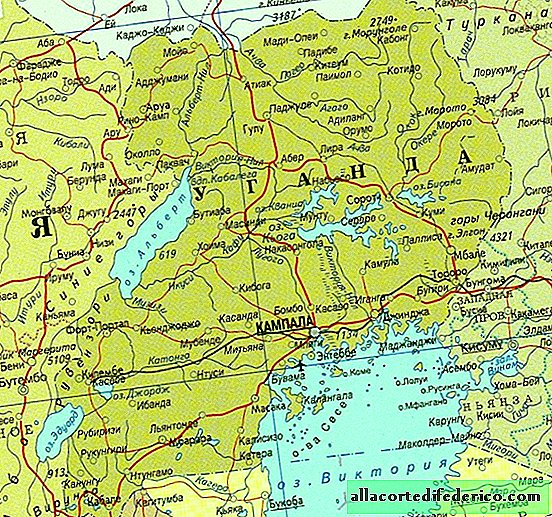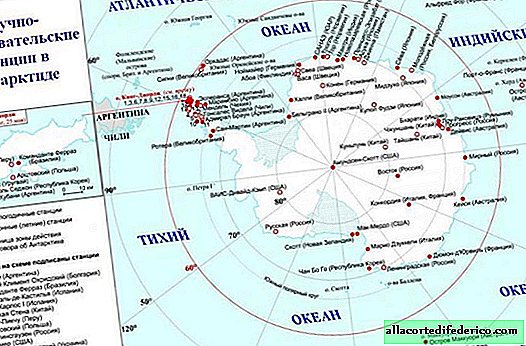Oddities of the language: why Norwegians from different regions hardly understand each other
In Norway, the official language is Norwegian. But it turns out that there is not one Norwegian language, but two that have quite a few differences. Despite all the attempts of linguists and government officials to unite the two languages and ultimately create a national Norwegian language, the small population of Norway continues to speak two different languages, and both of them have the status of a state language. But why did it happen that the Norwegian language had two such different varieties?

The whole thing is the history of this country, which for centuries has been in close contact with its closest neighbors - Sweden and Denmark. Initially, the Norwegian language, which is part of the Scandinavian subgroup of the Germanic group of languages, was quite different from Swedish and Danish, despite the common origin. But in the XIV century there is a rapprochement and the actual unification of the Norwegians, Swedes and Danes into one state, which occurred against the backdrop of family ties between the ruling royal dynasties of these Scandinavian states. Subsequently, due to political upheavals within the union of the Scandinavian countries, Norway was effectively ruled by Denmark. This happened in the first half of the 16th century, when the Norwegians lost their independence due to the political crisis associated with the expulsion of King Christian II. After the decrees of the Danish parliament, unilaterally issued, the Norwegians lost political, religious and military independence, and representatives of the nobility received education and served exclusively in Copenhagen. Despite the political unification, the Norwegian language still retained its uniqueness for a long time. This is evidenced by the fact that in the XVII century a special dictionary of the Norwegian language was published, intended for the Danes, who were supposed to work in Norway on duty. But subsequently, the process of mixing languages became more active, and after Norway was ruled by Sweden at the beginning of the 19th century, Swedish words began to be added to the traditional Norwegian language. And by the time Norway finally gained independence in 1905, the Norwegian language, spoken by most of the country's population, including educated and influential representatives of Norwegian society, was a cross between native Norwegian, Danish, and Swedish.

At the same time, many Norwegians living in rural areas still spoke the ancient dialects of the Norwegian language. Often, residents of different provinces had difficulty understanding each other, as did Norwegians who spoke a language that had many Swedish and Danish borrowings. Different variants of Norwegian had not only differences in vocabulary, but also in grammatical structure. Of course, it was difficult to put up with this state of affairs, and in Norway the process of combining the two Norwegian languages began, which has dragged on to the present.
Today in Norway there are two main varieties of the state Norwegian language. This is a Bokmål - that same modified Norwegian, with a lot of Danish words and grammatical features, and Lansmol, which is based on the Old Norwegian language. It should be noted that the situation of these languages in a country whose population does not exceed 5.5 million people is not at all equivalent. Bokmole is spoken by the vast majority of the country's population, about 90% of the population. The same language is used by most media, politicians and scientists. At the same time, lannsmall is widespread in the vast Westland region, in the west of the country, where it is spoken by more than 85% of the inhabitants. Linguists note one interesting feature: any Dane or Swede is quite capable of understanding the Norwegian bohemian, but will not understand at all what they will be talking about if he hears a conversation on lansmole. At the same time, the inhabitants of Denmark and Sweden do not understand each other. Such an interesting linguistic connection exists between the languages of the Scandinavian countries.

In Norway, as in many other countries, there is a special public body - the language council, whose members are committed to amending the rules and regulations of the Norwegian language and trying to unify it, leading to a common denominator of two varieties of Norwegian. But linguistic disputes that do not stop within the walls of this council, by the intensity of passions, are comparable to the debates in the European Parliament on the eve of the elections - it is so difficult for the adherents of different varieties of Norwegian to agree with each other.

















